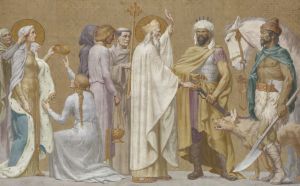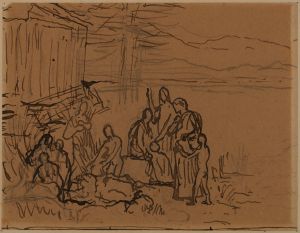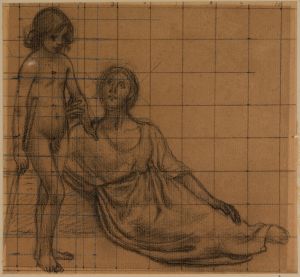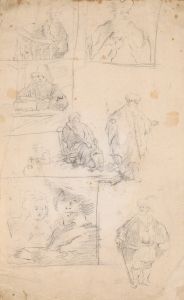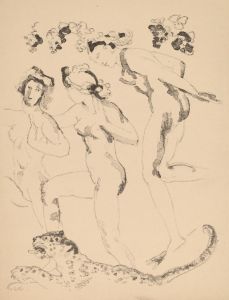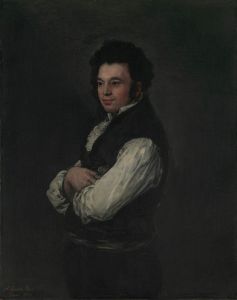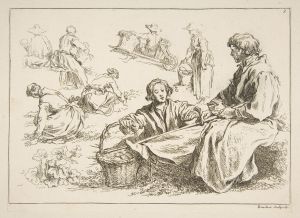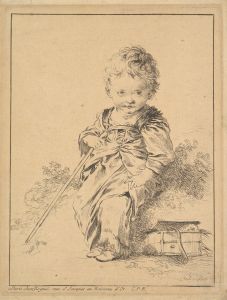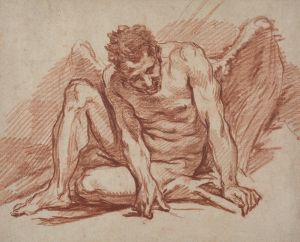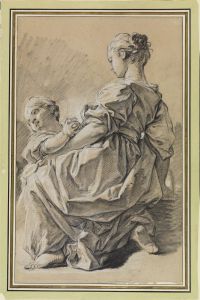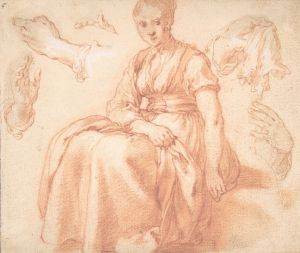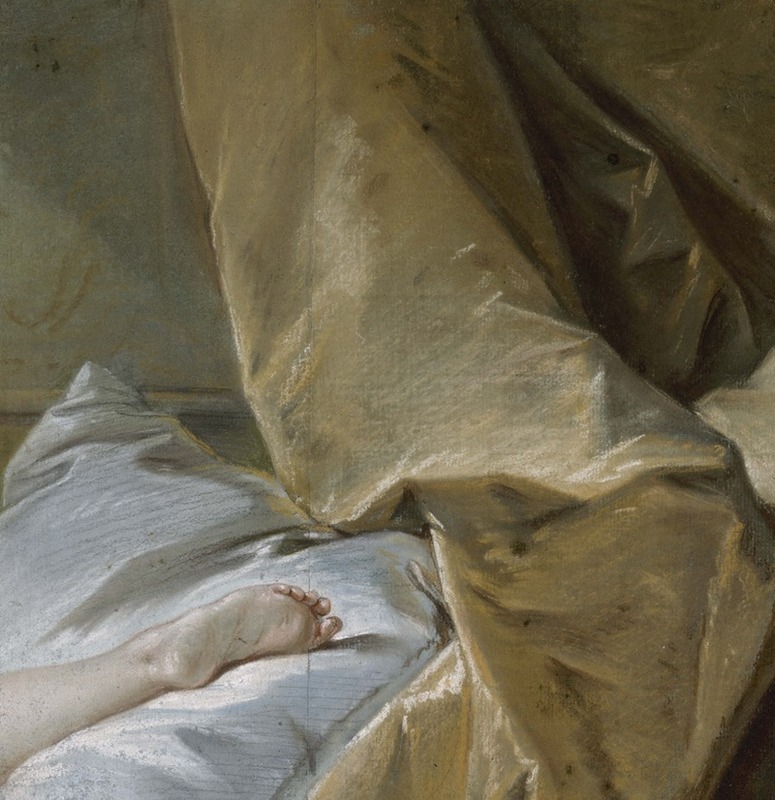
Etude de pied
A hand-painted replica of François Boucher’s masterpiece Etude de pied, meticulously crafted by professional artists to capture the true essence of the original. Each piece is created with museum-quality canvas and rare mineral pigments, carefully painted by experienced artists with delicate brushstrokes and rich, layered colors to perfectly recreate the texture of the original artwork. Unlike machine-printed reproductions, this hand-painted version brings the painting to life, infused with the artist’s emotions and skill in every stroke. Whether for personal collection or home decoration, it instantly elevates the artistic atmosphere of any space.
François Boucher (1703-1770) was a prominent French painter known for his Rococo style, which emphasized lightness, elegance, and an exuberant use of color. One of his notable works is "Etude de pied" (Study of a Foot), a drawing that showcases his exceptional skill in capturing the human form with delicate precision.
"Etude de pied" is a detailed study of a human foot, rendered with meticulous attention to anatomy and texture. This piece is a testament to Boucher's ability to blend artistic beauty with anatomical accuracy, a skill that was highly valued in the academic art traditions of his time. The drawing is executed in red chalk, a medium that Boucher frequently used for its ability to create soft, nuanced lines and subtle shading.
Boucher's "Etude de pied" is not just a simple anatomical study; it reflects the artist's broader interest in the human body and his mastery of drawing techniques. The careful rendering of the foot's contours, the play of light and shadow, and the delicate gradations of tone all contribute to the lifelike quality of the drawing. This work would have likely served as a preparatory study for a larger painting or as an academic exercise to refine his skills.
François Boucher was a central figure in the Rococo movement, which emerged in early 18th-century France. His works often featured idyllic pastoral scenes, mythological subjects, and sensuous depictions of the human form. Boucher's art was characterized by its playful elegance, intricate details, and vibrant use of color. He was a favorite of Madame de Pompadour, the influential mistress of King Louis XV, who became one of his most important patrons.
Throughout his career, Boucher produced a vast array of works, including paintings, drawings, and designs for tapestries and porcelain. His ability to capture the delicate beauty of the human form is evident in "Etude de pied," which remains an excellent example of his draftsmanship and his contribution to the Rococo aesthetic.
In addition to his artistic achievements, Boucher held several prestigious positions, including the director of the Royal Academy of Painting and Sculpture and the first painter to the king. His influence extended beyond his own works, as he played a significant role in shaping the tastes of his contemporaries and the next generation of artists.
"Etude de pied" is a small but significant piece within Boucher's oeuvre, highlighting his technical prowess and his dedication to the study of the human body. It serves as a reminder of the artist's skill and his contribution to the rich tapestry of 18th-century French art.





